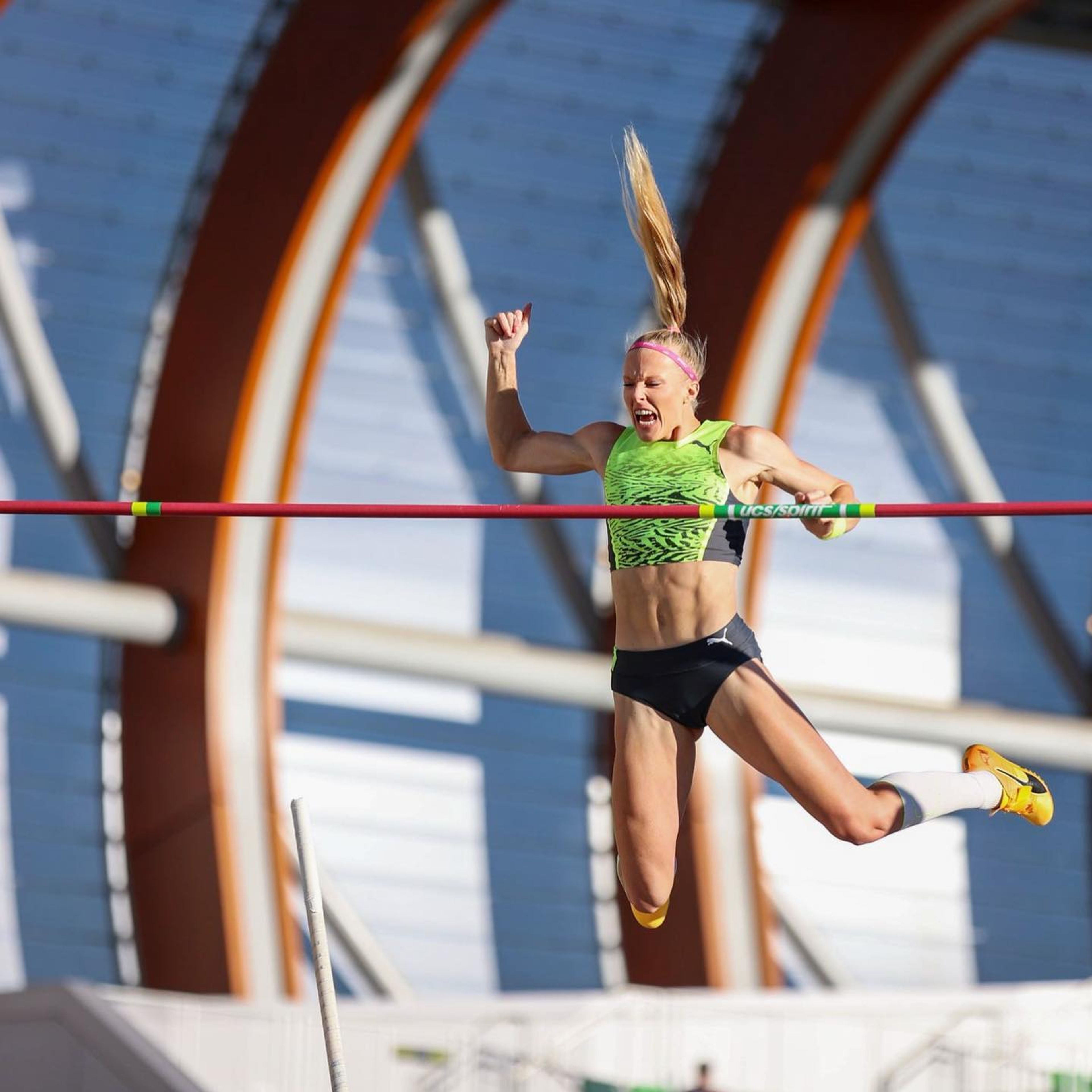Ultimate Guide to Pole Vault Rules and Stars for the 2024 Olympics
Get ready for the 2024 Olympics with our ultimate guide to pole vaulting! Learn the rules, equipment, and techniques behind this thrilling sport, and discover the top athletes to watch, including Mondo Duplantis and Katie Moon.
The Basics of Pole Vault Rules: Your Guide to the 2024 Olympics
As the 2024 Olympics approach, excitement is building for one of the most thrilling events in track and field: the pole vault. With athletes like Mondo Duplantis, Katie Moon, and the legendary Yelena Isinbayeva in the spotlight, fans around the world are eager to understand the intricacies of this challenging sport. Additionally, top male and female pole vaulters such as Sam Kendricks, Armand Duplantis, Renaud Lavillenie, Sandi Morris, Holly Bradshaw, and Nina Kennedy
Pole Vault Basics
Pole vaulting involves an athlete running down a runway, planting a pole into a box, and using the pole to vault over a horizontal bar. The goal is to clear the bar without knocking it down, landing safely on the mat.
Equipment Rules
1. The Pole:
- Material: Poles are typically made from fiberglass or carbon fiber.
- Length and Weight: There is no maximum length or weight, but the pole must be appropriate for the vaulter's weight and ability. Athletes like Mondo Duplantis often use customized poles to achieve their record-breaking heights.
2. The Box:
- The box where the pole is planted must be securely fixed in the ground and have a width of 60 cm and a length of at least 100 cm.
3. The Crossbar:
- Material: Usually made of fiberglass or other light materials.
- Dimensions: The crossbar must be 4.5 meters in length, with circular ends that rest on the pegs of the uprights.
Competition Rules
1. Starting Heights:
- The starting height of the crossbar is determined by the officials and agreed upon by the athletes. As seen in previous competitions, Katie Moon often starts at heights comfortable for her, gradually increasing as the competition progresses.
- Heights are increased in increments, typically 5 cm or 10 cm, as the competition progresses.
2. Attempts:
- Each vaulter is allowed three attempts to clear each height. This rule keeps the competition fair and exciting, as every attempt can change the leaderboard.
- A successful clearance is when the vaulter goes over the bar without dislodging it.
3. Foul Attempts:
- A foul is recorded if the vaulter fails to clear the bar, dislodges the bar, or if the pole falls to the ground without being planted in the box. Legendary vaulters like Yelena Isinbayeva have mastered the art of avoiding fouls with their impeccable technique.
- Stepping outside the runway during the approach also constitutes a foul.
Technique and Execution
1. Approach Run:
- Vaulters must run with maximum speed and control, typically covering 16 to 20 steps. Mondo Duplantis’s approach run is a prime example of the speed and precision required.
- Consistency in the approach is crucial for timing the plant and take-off.
2. Plant and Take-off:
- The pole is planted firmly in the box, and the vaulter jumps off the ground, transferring their momentum upward. Katie Moon's plant and take-off technique are admired for their precision and power.
- Proper hand placement and body alignment are key to a successful take-off.
3. Swing and Extension:
- After take-off, the vaulter swings their trail leg up while keeping the pole bent.
- The body extends upward, propelling the vaulter over the bar.
4. Clearance and Landing:
- As the vaulter reaches the peak height, they turn and twist to clear the bar.
- The landing must be controlled on the mat, minimizing risk of injury.
Rules for Competitions
1. Time Limits:
- Vaulters have a limited time, usually 1 to 2 minutes, to complete their attempt after their name is called. This rule keeps the event moving and adds to the excitement.
- Exceeding this time results in a foul.
2. Tie-Breaking:
- If multiple vaulters have the same highest clearance, the number of attempts taken at the final height and previous heights are considered. This rule often determines the podium positions in close competitions.
- The vaulter with fewer total misses is declared the winner.
Top Pole Vaulters to Watch in 2024
Men:
1. Mondo Duplantis The current world record holder, known for his incredible technique and consistency.
2. Sam Kendricks A two-time world champion, Kendricks is known for his competitive spirit and technical prowess.
3. Renaud Lavillenie The former world record holder, Lavillenie brings experience and elegance to the field.
Women:
1. Katie Moon An Olympic champion known for her powerful vaults and strategic approach to competitions.
2. Sandi Morris An Olympic silver medalist with a dynamic and aggressive style.
3. Holly Bradshaw A European champion who combines strength and technique to consistently perform at the highest levels.
4. Nina Kennedy An emerging star with impressive performances on the international stage.
Conclusion
As you watch the pole vault competition at the 2024 Olympics, having a grasp of these rules will enhance your viewing experience. Whether witnessing Mondo Duplantis soar to new heights, Katie Moon's powerful vaults, or reflecting on the legacy of Yelena Isinbayeva, you’ll appreciate the skill and precision required for this event.








